

Damion Smy
Chinese vacuum cleaner maker teases 1000hp electric supercar
1 Hour Ago
The carmakers selling vehicles in Australia have agreed to a new set of emissions standards for 2030, in the hope of some certainty when pushing for hybrid and electric vehicles from head office.

Contributor


Contributor
Australia’s peak body for car manufacturers has laid out its voluntary plan to slash emissions from new vehicles by 2030.
Emissions standards are usually set by government, but reporting for the new Federal Chamber of Automotive Industries (FCAI) CO2 Emissions Standard will be driven by the car industry.
No other country has emissions standards laid out and enforced by the car industry, although governments often work with carmakers to develop tough (but achievable) goals.
The introduction of long-term emissions standards allows carmakers more certainty to plan the introduction of hybrid, plug-in hybrid, and pure-electric vehicles in Australia.
At the moment, Australia is low on the priority list for carmakers deciding where to send the limited supply of their electric vehicles.
Volkswagen Australia and Kia Australia’s bosses have both told CarExpert their early EVs have been delayed for our market because they’re instead being sent to markets where they’re required to hit tight emissions targets.
“If countries have legislation that requires EVs in that part of the world they get first dibs, which is fair enough, it makes sense,” Kia Australia COO Damien Meredith told CarExpert.
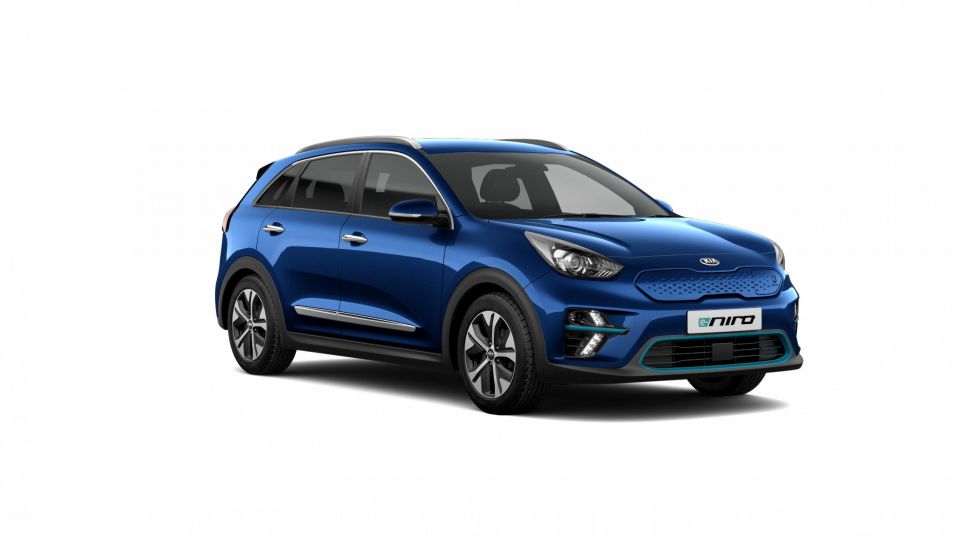
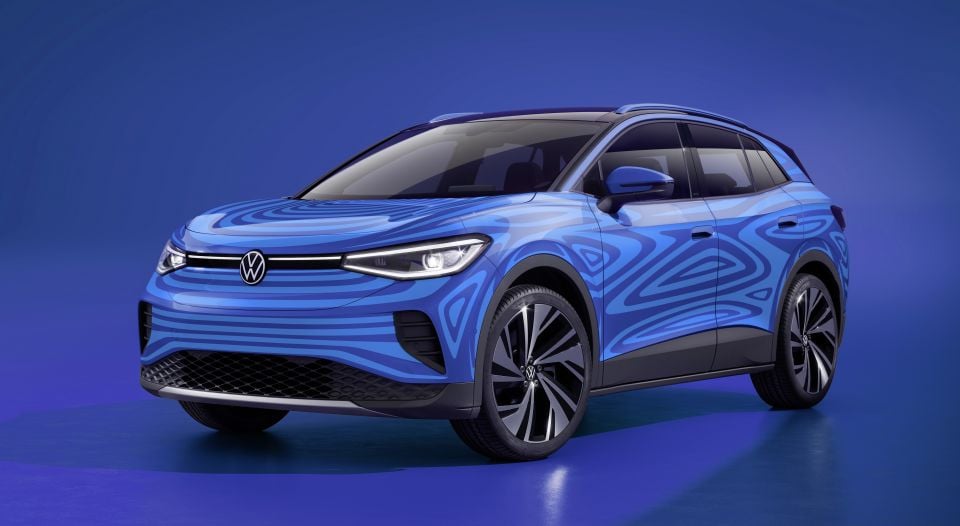
Now Australia has a framework for emissions in place, even though it isn’t a government-mandated one, carmakers will have more leverage when pushing their head offices for the latest, most sophisticated, most efficient new vehicles.
“This will bring those low-emissions powertrains to our market earlier than if we didn’t have such a scheme,” FCAI chief executive Tony Weber this morning told media.
“That is the imperative here, that’s the ‘why’ we’re doing it. We want to bring the best technology to market for the benefit of Australian motorists as quickly as possible,” he said.
A credit system is being used to encourage brands to bring zero-emissions vehicles to Australia, but the FCAI has gone to great lengths to make sure the rules are “technology neutral”, meaning carmakers can meet the 2030 target using whatever mix of internal-combustion, hybrid, plug-in hybrid, and electric vehicles they’d like.
More than 40 car brands have thrown their support behind the standard, which has been developed over the past four years by the FCAI and its members.
“There’s widespread support for the need to do something in this space,” FCAI chief executive Tony Weber told CarExpert.
“It hasn’t always been smooth, but I think there’s widespread support for the need to do something of this ilk, to have to have a CO2 target.”
Between 2020 and 2030, the FCAI CO2 Emissions Standard calls for manufacturers to reduce passenger car and city-focused SUV emissions by four per cent every year, and reduce large SUVandlight–commercial (ute, van) emissions by three per cent every year.
Proper off-road vehicles such as the Toyota LandCruiser fit in the large SUV category, which is defined based on size, whether a vehicle is four-wheel drive, and its approach and departure angles.
However large, thirsty road-biased SUVs such as the Toyota Kluger and Mazda CX-9 fall into the same category as passenger vehicles.
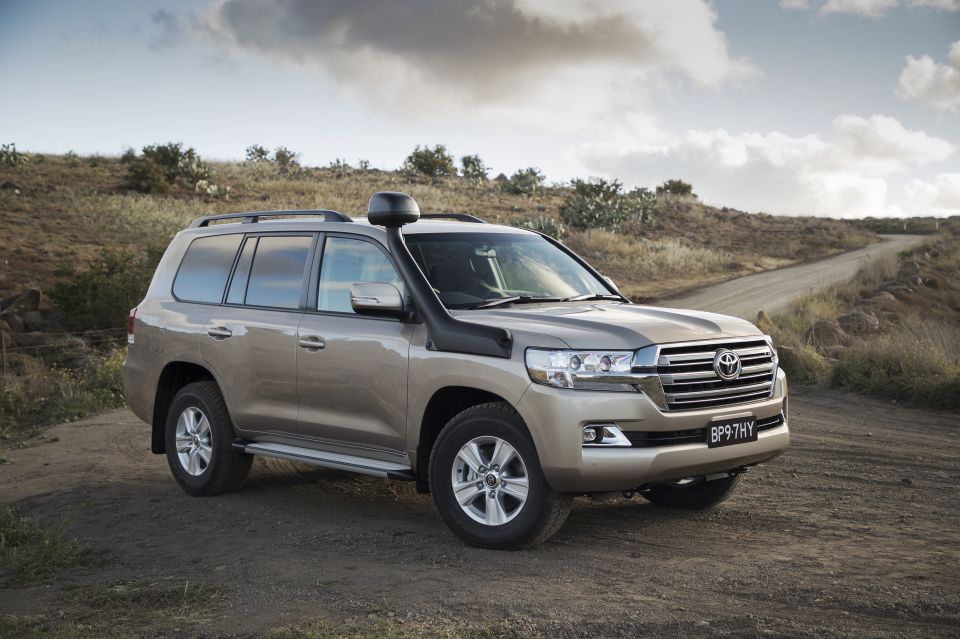
The goal is to for carmakers to have passenger vehicle fleet emissions below 100g/km of CO2 by 2030, and light-commercial fleet emissions below 145g/km.
100g/km is equivalent to less than 5.0L/100km in petrol vehicles and less than 4.0L/100km in diesels, and 145g/km equates to just over 6.0L/100km for petrol vehicles and just over 5.0L/100km in diesels.
These goals don’t apply to every individual vehicle, they’re calculated across a carmaker’s entire fleet.
That means powerful, polluting performance cars are still on the table, but their sales will need to be offset by low-emitting hybrid, plug-in hybrid, or electric vehicles to bring the fleet average down.
The FCAI says manufacturers aren’t guaranteed to record annual improvements. “In this instance, the end goal of meeting the 2030 target remains the key focus,” it says.
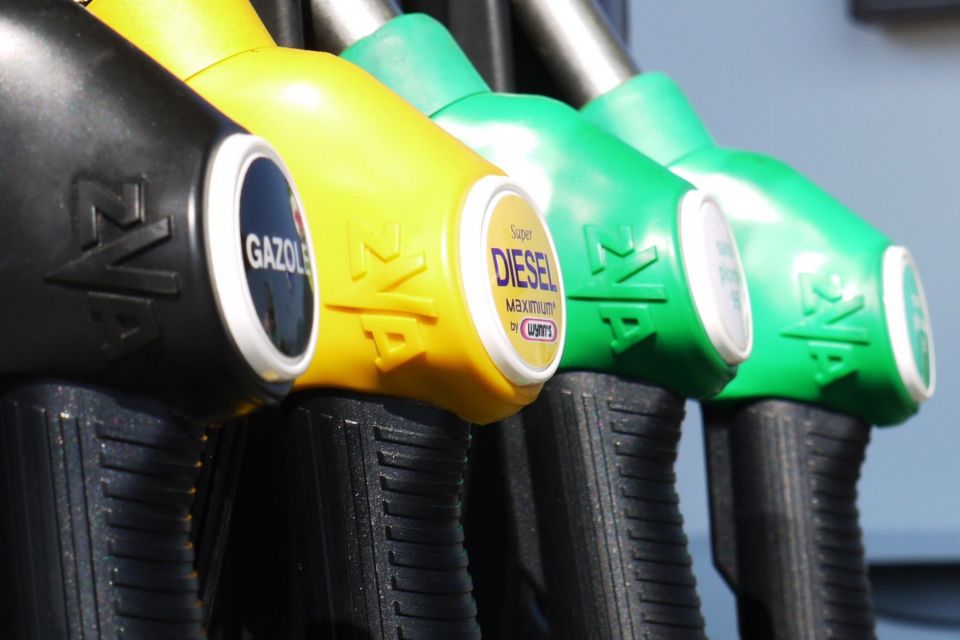
The way the regulations will be implemented borrows from Europe and America.
Reporting for fleet emissions will be carried out in the same way as in Europe, which is led by the European Environment Agency in Copenhagen, Denmark.
Borrowed from the USA are carry-forward credits and debits. Every zero-emissions vehicle sold will count for three under the scheme, while there are two other tiers allowing manufacturers to claim low-emitting vehicles as either two or 1.5 sales.
As is the case in the USA, manufacturers will be able to transfer credits between each other.
Carmakers will also be able to report their emissions as a group. That means the Volkswagen Group could choose to report as one entity, using low-emitting Volkswagen Polo or electric ID.3 sales to offset emissions from Bentley, for example.
Because it isn’t a government body, the FCAI technically can’t financially punish carmakers for a failure to meet these standards. That’s in stark contrast to markets such as Europe, where every g/km of CO2 over the emissions cap leads to fines.
The FCAI will aim to encourage manufacturers to fall into line by publishing a public report outlining whether or not they’re meeting the targets.
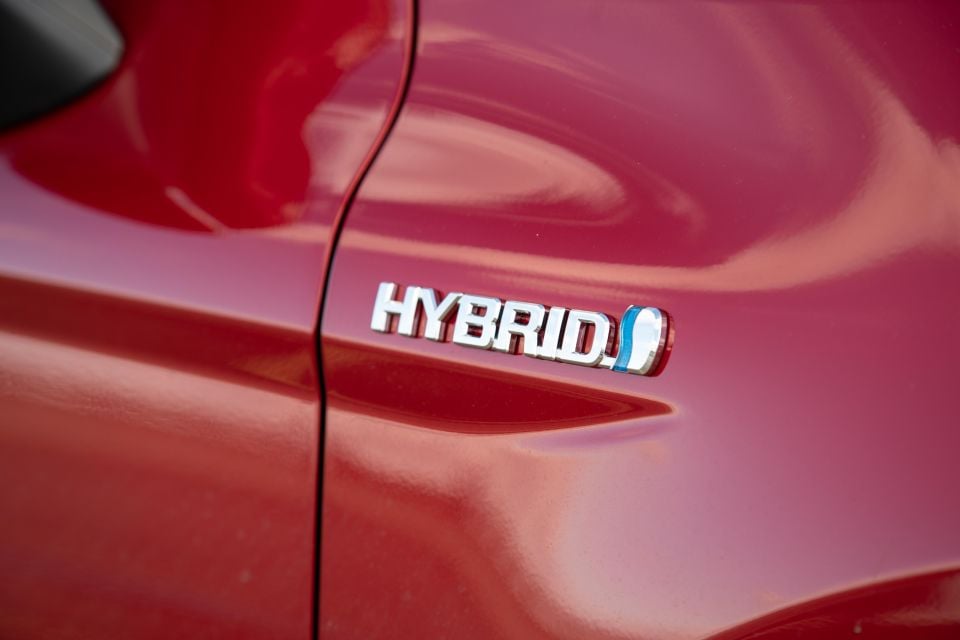
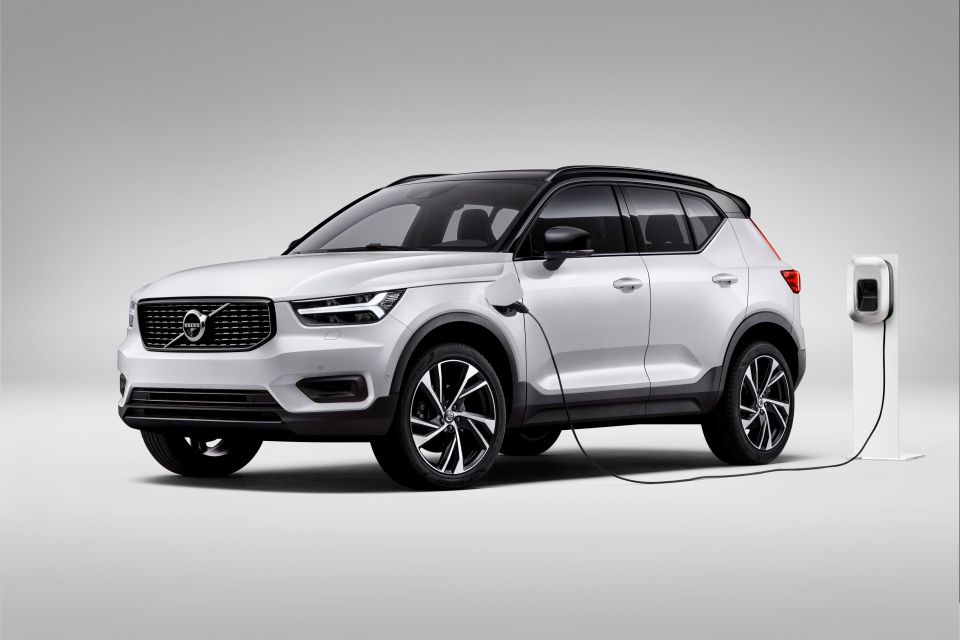
The idea is carmakers which don’t bring lower-emissions petrol or diesel, hybrid, plug-in hybrid, and electric vehicles to Australia in an attempt to meet the standards will be called out, allowing more environmentally-conscious buyers to support the brands making more of an effort.
“Without doubt consumers will make decisions, as they always have done and always will do, on a myriad of different issues,” FCAI chief executive Tony Weber told CarExpert.
“This will just provide greater clarity in the marketplace for people to make decisions about what vehicles they purchase in the future.”
Australia currently subscribes to ADR79/04 rules, which are based on Euro 5 rules.
They were rolled out Down Under for new models and engines introduced after September 1, 2013, and have applied to all passenger cars, SUVs, and light commercial vehicles on sale since September 1, 2016.
Europe moved to stricter Euro 6 regulations in 2015, and has since moved through progressively tighter 6c and 6d-Temp regulations.
On January 1, 2021, the full Euro 6d rules will come into force.
Figures from the National Transport Commission (NTC) show vehicle emissions only improved by 0.2 per cent in 2019 compared to the previous year, the smallest improvement since reporting started in 18 years ago.
The NTC says Australian preferences for heavier, more powerful vehicles and the market push towards SUVs are partly to blame.

SUVs accounted for 45.5 per cent of the Australian new car market in 2019, compared to 29.7 per cent for passenger cars, and 21.2 per cent for light-commercial vehicles such as utes.
Passenger cars (hatchbacks, sedans, wagons) sold in Australia had average carbon dioxide emissions of 169.8g/km, compared to 114.6g/km in Japan, 120.4g/km in Europe, and 145.8g/km in the USA.
The average CO2 emissions of all new cars sold in Australia during 2019 was 180.5g/km
Scott Collie is an automotive journalist based in Melbourne, Australia. Scott studied journalism at RMIT University and, after a lifelong obsession with everything automotive, started covering the car industry shortly afterwards. He has a passion for travel, and is an avid Melbourne Demons supporter.


Damion Smy
1 Hour Ago


Matt Robinson
4 Hours Ago


Damion Smy
4 Hours Ago


Damion Smy
18 Hours Ago


Damion Smy
19 Hours Ago


Damion Smy
21 Hours Ago